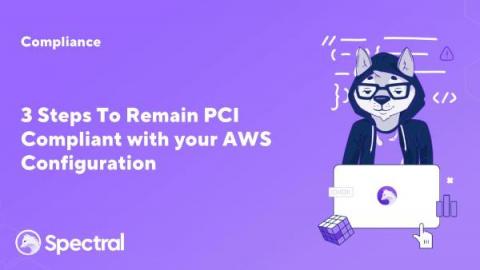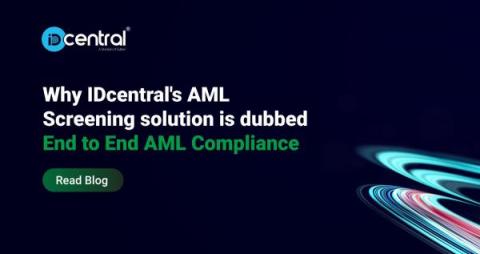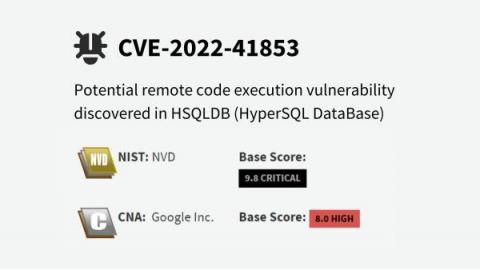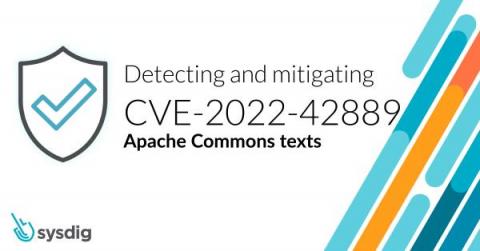3 Steps To Remain PCI Compliant with your AWS Configuration
Becoming and staying PCI compliant both take a lot of work. Developers are often already swamped with an endless list of tasks, and adding PCI compliance can be overwhelming. Security awareness is one thing, but a set of requirements is entirely different. It means you have less freedom in how you wish to implement security in your application, and you must understand the requirements demanded by your organization.










